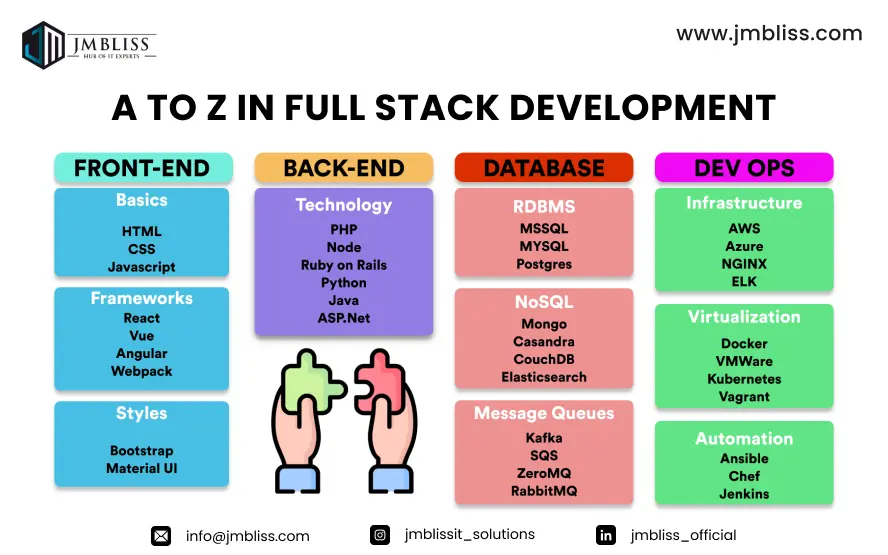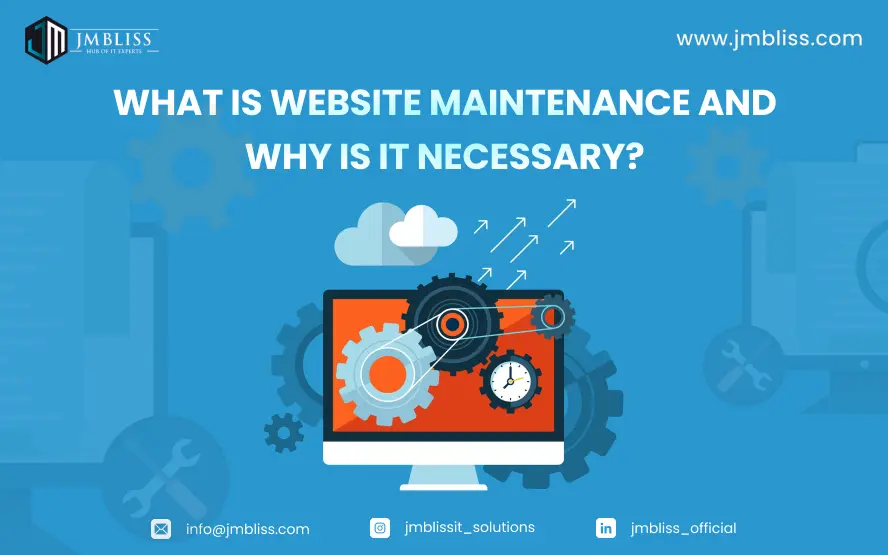
- Analysis
The analysis and information gathering phase of the web development process model is important for understanding the goals of a website and how those goals can be achieved. During this phase, web developers work with clients to understand their needs and determine the best way to meet those needs. The goal of the analysis phase is to gain a deep understanding of the problem that a website is trying to solve so that the best solution can be found. By taking the time to carefully analyze the requirements of a website, web developers can ensure that the final product is effective and meets its users’ needs. - Design
The design stage of the web development process is crucial since it directly impacts the UI/UX of the website. It is important that the design of your website is responsive, highly intuitive, and easy to navigate. The web designers are responsible for creating an optimized website design based on the client’s requirements. In this phase, the website structure plus the visual components and content, including activity layouts, navigation panels, images, and videos, are added to provide a feature-rich audio-visual experience to the users. - Development
The development & coding phase of the web development process is when the actual code for the website is written. This can be done using a variety of programming languages, depending on the functionalities required in the website. This is where the web developer takes all of the designs, wireframes, and other elements from the previous phases and turns them into a working website. - Testing & review
Once the design and development of the website are completed, the next stage involves testing it comprehensively to iron out any bugs or errors before it goes live. This is one of web development’s most underrated yet critical stages. There are different testing methods and techniques that are utilized to ensure that the website is performing as expected at optimum levels. - Deployment
The deployment phase in web development is the process of putting the website or application live. This usually involves transferring the code from a development or staging server to a production server. The steps involved in deployment can vary depending on the size and complexity of the project and may include tasks such as configuring the environment, compressing files, setting up caching, and setting up load balancing. - Maintenance
Website maintenance is integral to the web development process for ensuring optimum performance and continuous upgrades based on evolving requirements. The maintenance phase entails regular monitoring of the website’s performance and delivering regular updates for enhanced features and functionality. Regular updates are also essential for the implementation of robust security protocols and optimized user experience.
 Get A Quote
Get A Quote




